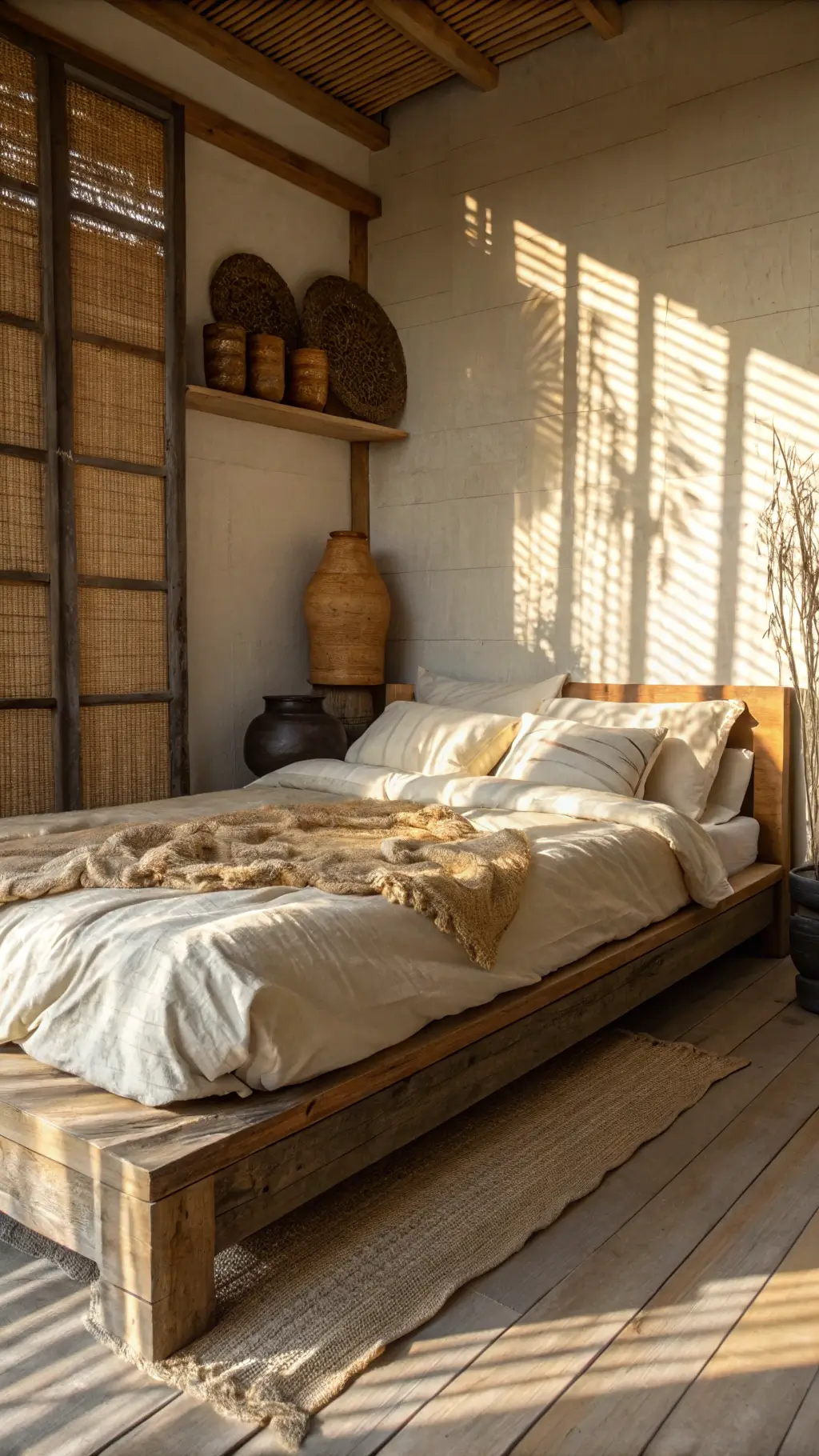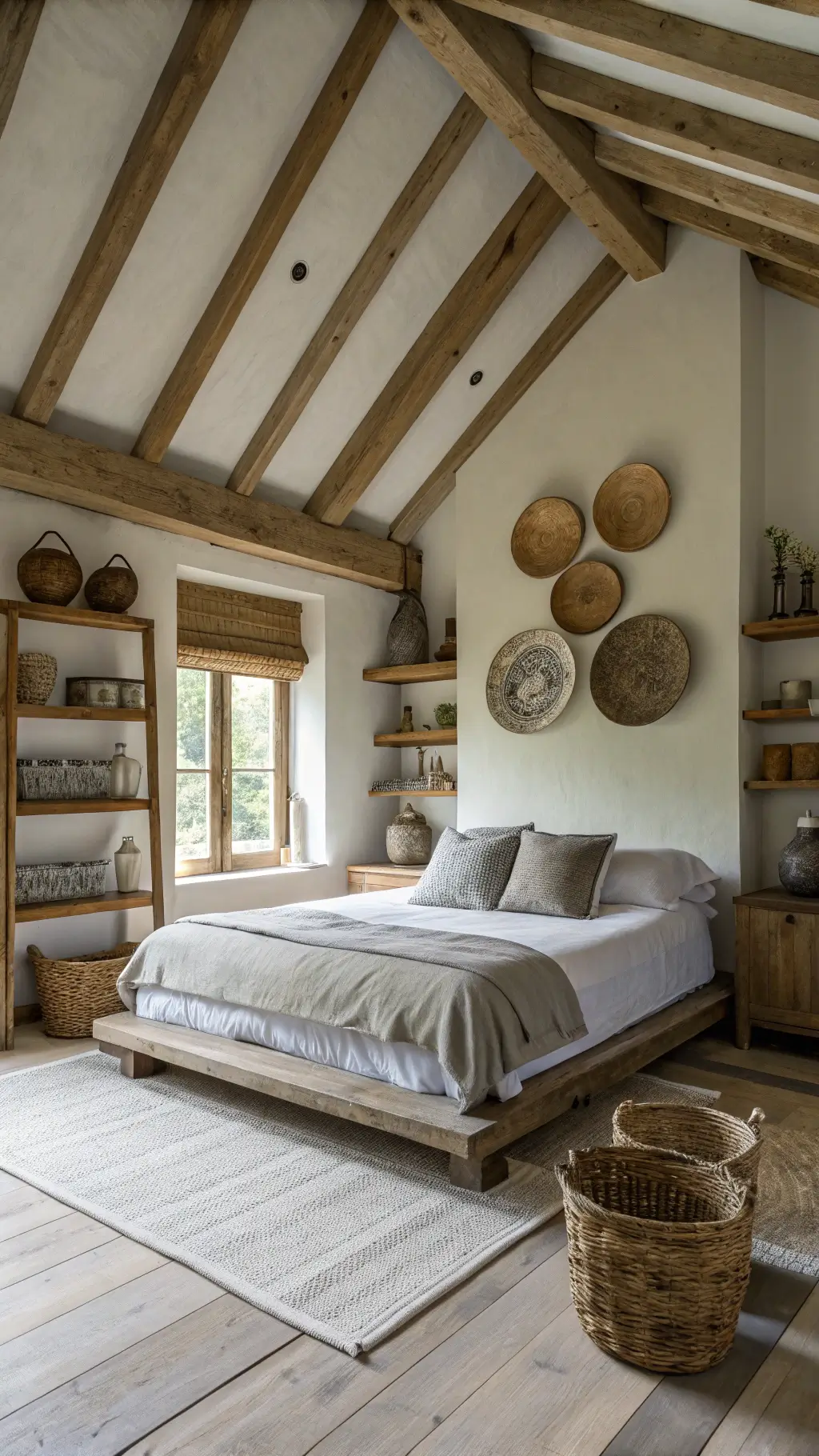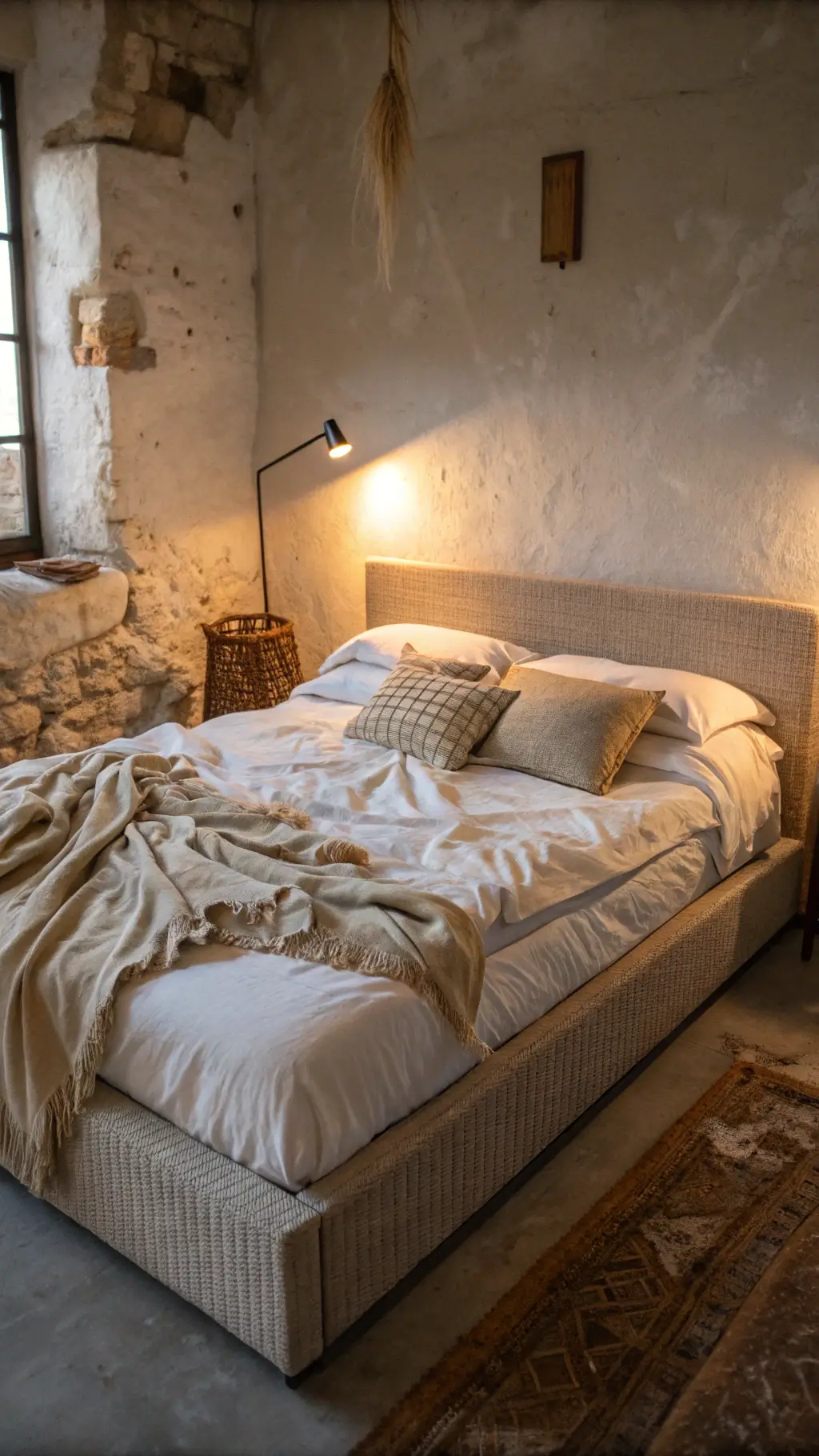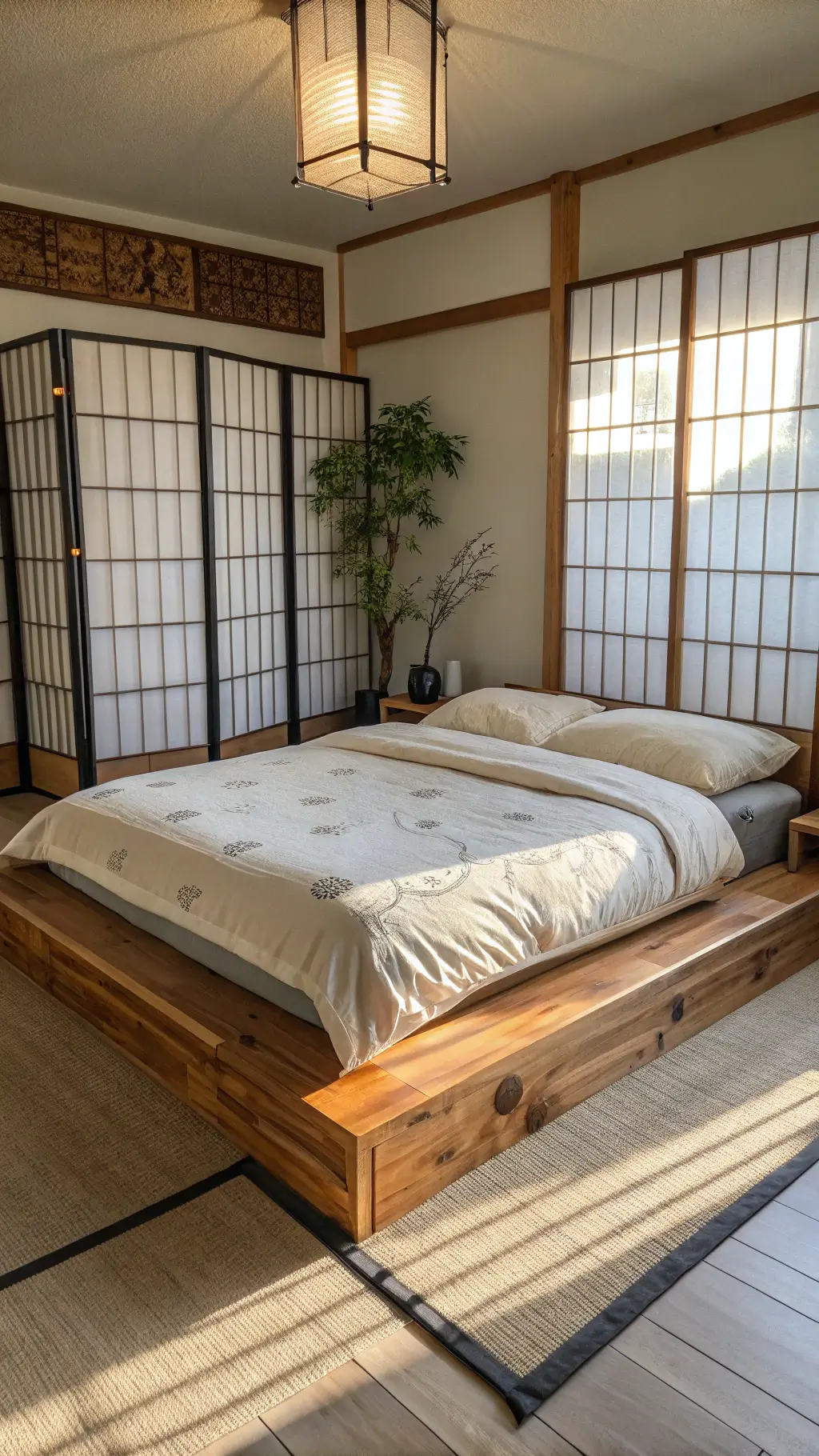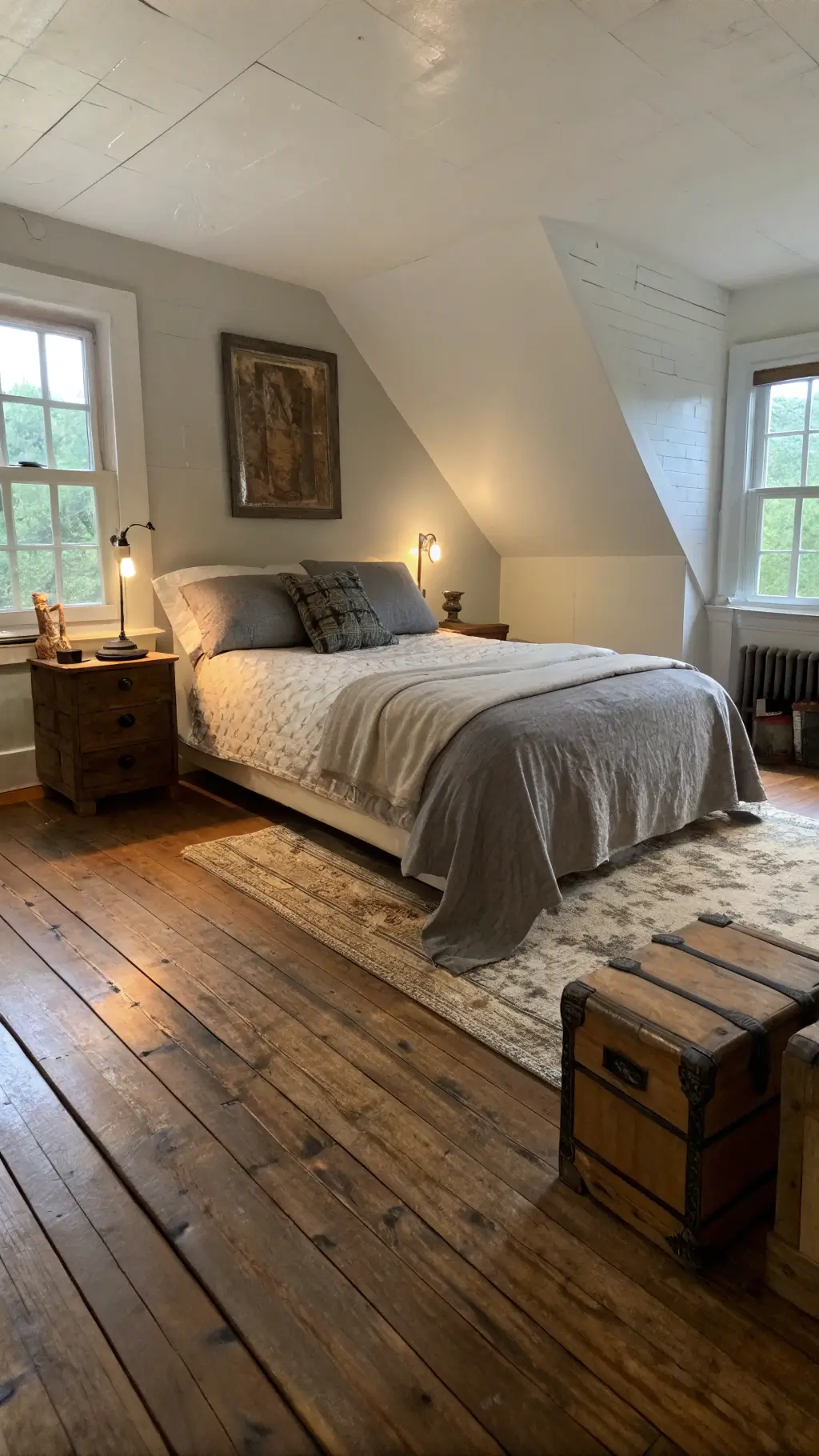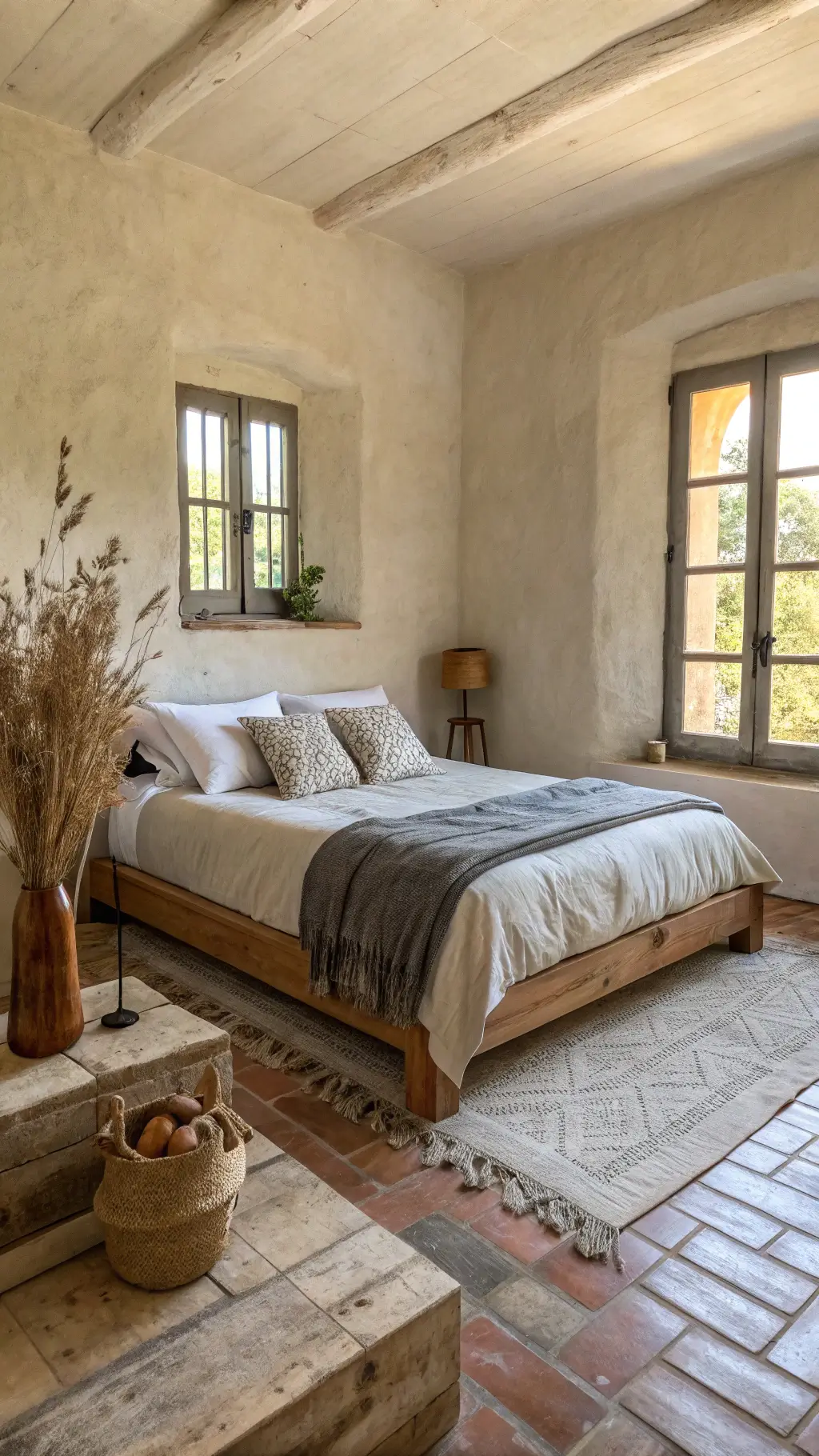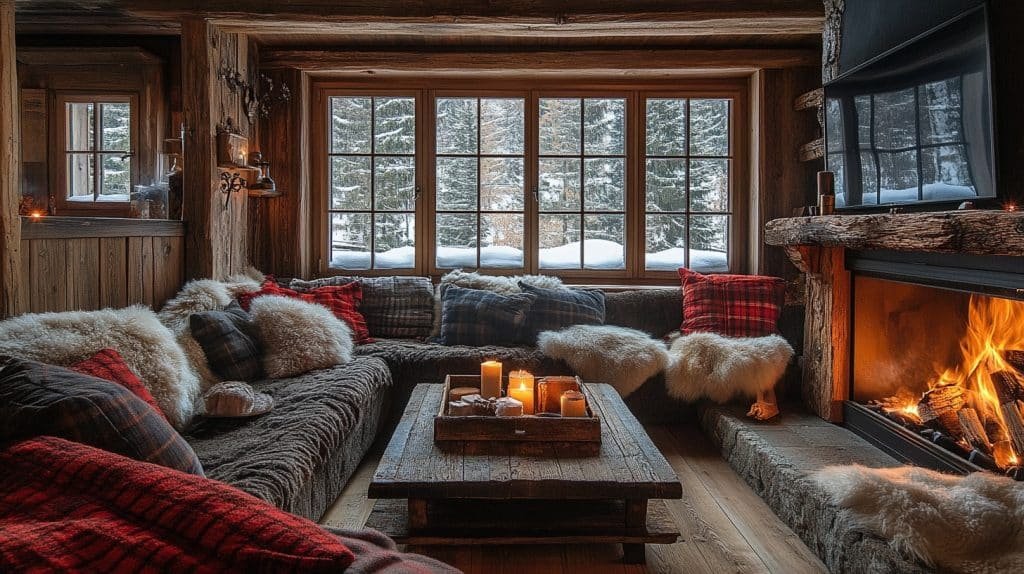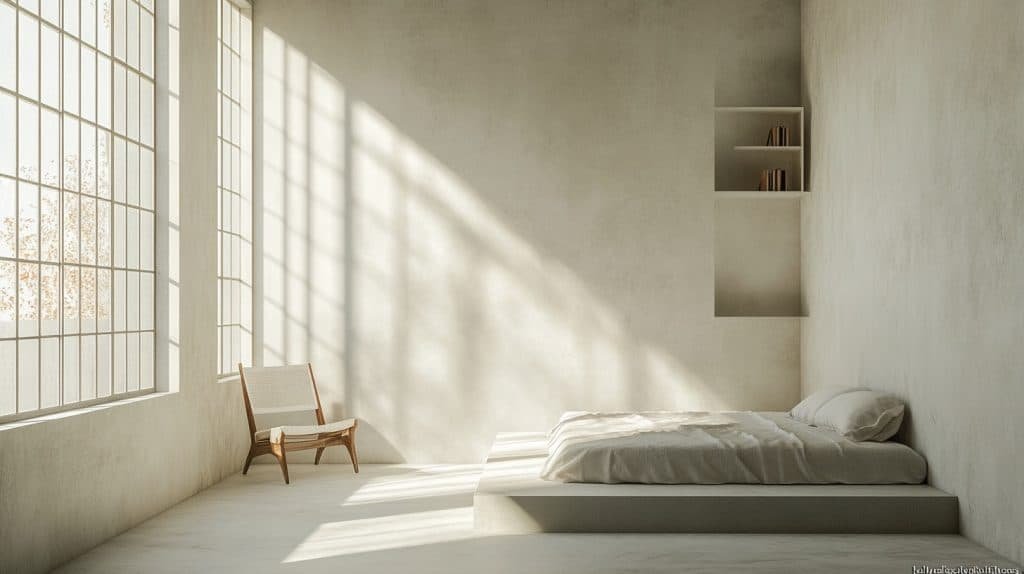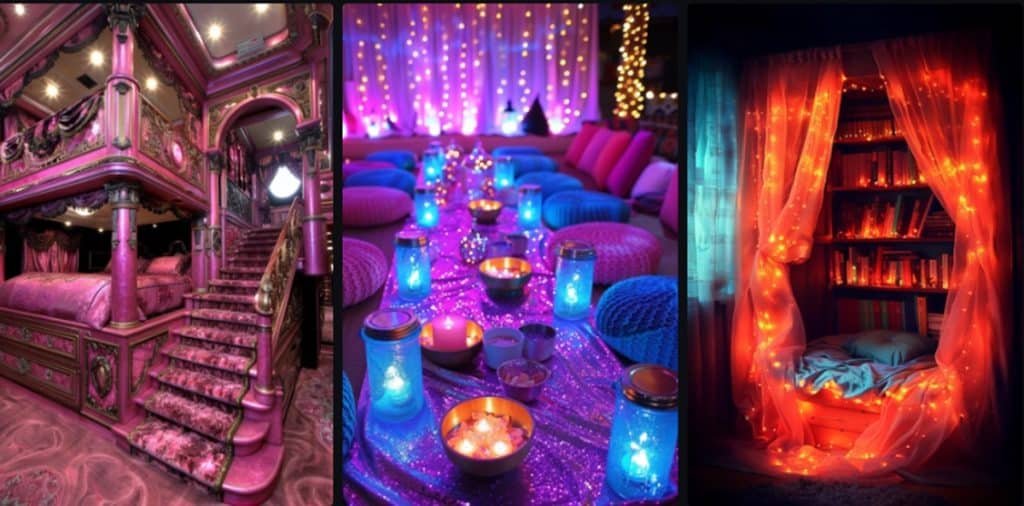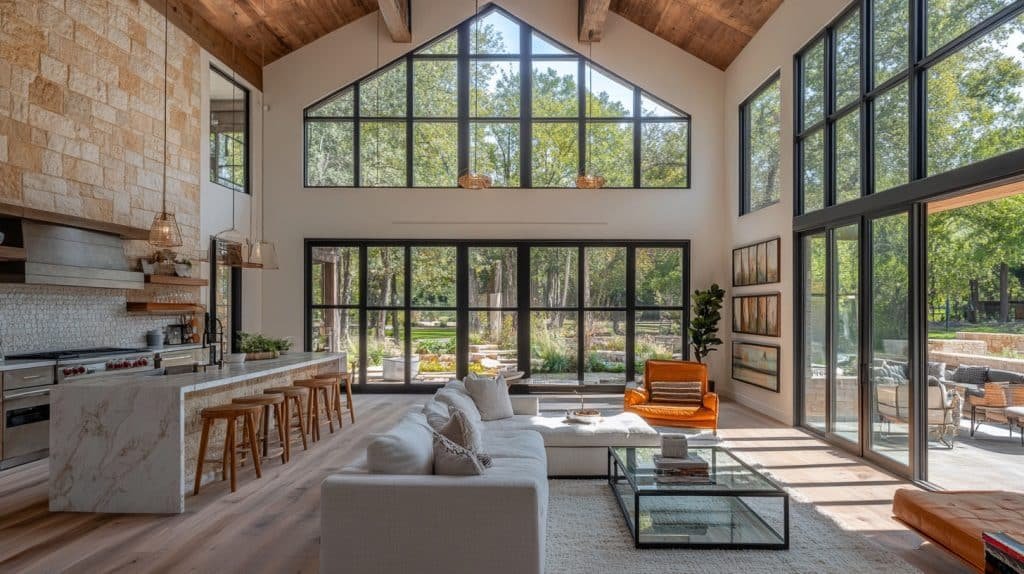What is Wabi Sabi and Why Your Bedroom Needs It
Wabi sabi isn’t just a design trend—it’s a profound Japanese philosophy celebrating imperfection, transience, and natural beauty. Imagine a space that breathes authenticity, where every flaw tells a story.
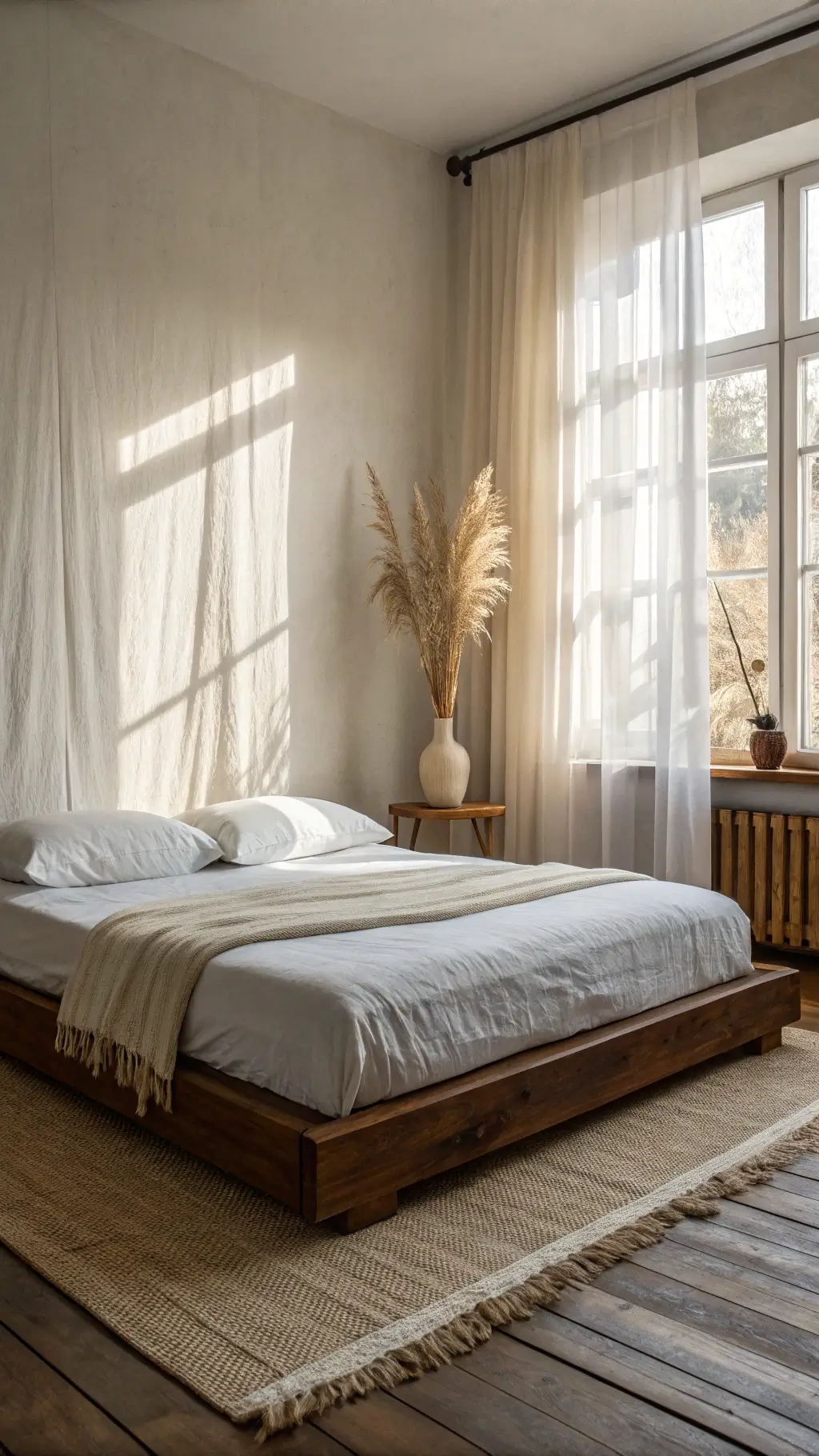
Key Wabi Sabi Bedroom Principles
Embrace Imperfection
- Celebrate worn edges
- Choose handcrafted over mass-produced
- Love objects with history and character
Color Palette: Nature’s Whispers
- Neutral tones: Beige, taupe, soft grays
- Earthy greens
- Creamy whites
- Muted stone colors
Essential Elements for Your Wabi Sabi Bedroom
Foundational Pieces
The Bed: Your Centerpiece
- Low platform design
- Natural wood frame
- Minimal headboard
- Emphasize simplicity and raw materials
Textural Magic
- Linen sheets with visible weave
- Nubby cotton throws
- Raw-edged pillows
- Handwoven blankets
Styling Your Space
Decorative Touches
- Hand-thrown ceramic vases
- Woven baskets
- Vintage wooden elements
- Minimalist nightstand
Organic Accents
- Small potted plants
- Dried grass arrangements
- Single branch displays
- Subtle green elements
Photography and Styling Tips
Capturing the Essence
Lighting Techniques
- Use soft, natural window light
- Avoid harsh direct sunlight
- Create gentle shadows
- Shoot during early morning or late afternoon
Composition Rules
- Embrace negative space
- Use asymmetrical layouts
- Focus on texture and subtle details
- One primary focal point
Technical Recommendations
Camera Settings
- Low ISO for clarity
- Wide aperture (f/2.8-4)
- Shoot in RAW if possible
- Use grid for balanced composition
Budget-Friendly Wabi Sabi Transformation
Affordable Strategies
- Thrift store hunting
- DIY ceramic projects
- Repurpose existing furniture
- Focus on texture over expensive pieces
Budget Range: $300-$1500
- Minimum investment: Textiles and small decor
- Mid-range: Platform bed, new bedding
- High-end: Complete room redesign
Common Mistakes to Avoid
Don’t
- Overcrowd your space
- Force symmetry
- Use too many new, perfect items
- Ignore personal meaning
Do
- Select meaningful pieces
- Allow breathing room
- Mix textures thoughtfully
- Tell your personal story
Seasonal Adaptation
Winter Mood
- Add wool throws
- Layer soft knits
- Deeper, warmer tones
Summer Feeling
- Lighter linens
- Open, airy arrangements
- Brighter natural light
Final Thoughts: Your Wabi Sabi Journey
Creating a wabi sabi bedroom isn’t about perfection—it’s about authenticity. It’s finding beauty in the weathered, the simple, the real. Your space becomes a quiet conversation between you and your environment.
Start small. Choose one meaningful piece. Let your room evolve naturally.
Remember: Wabi sabi is a philosophy, not just a design trend. It’s about seeing beauty in imperfection and finding peace in simplicity.

